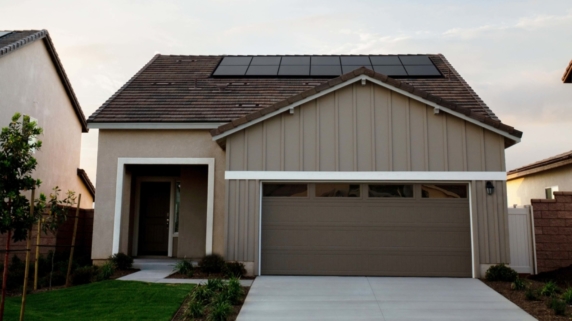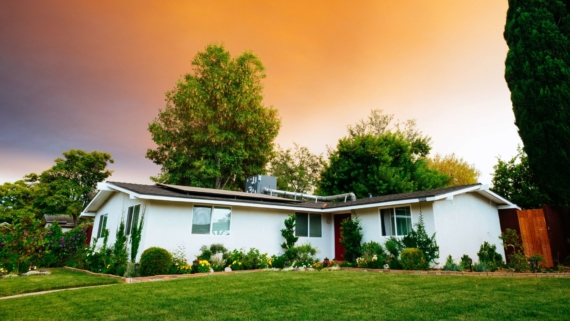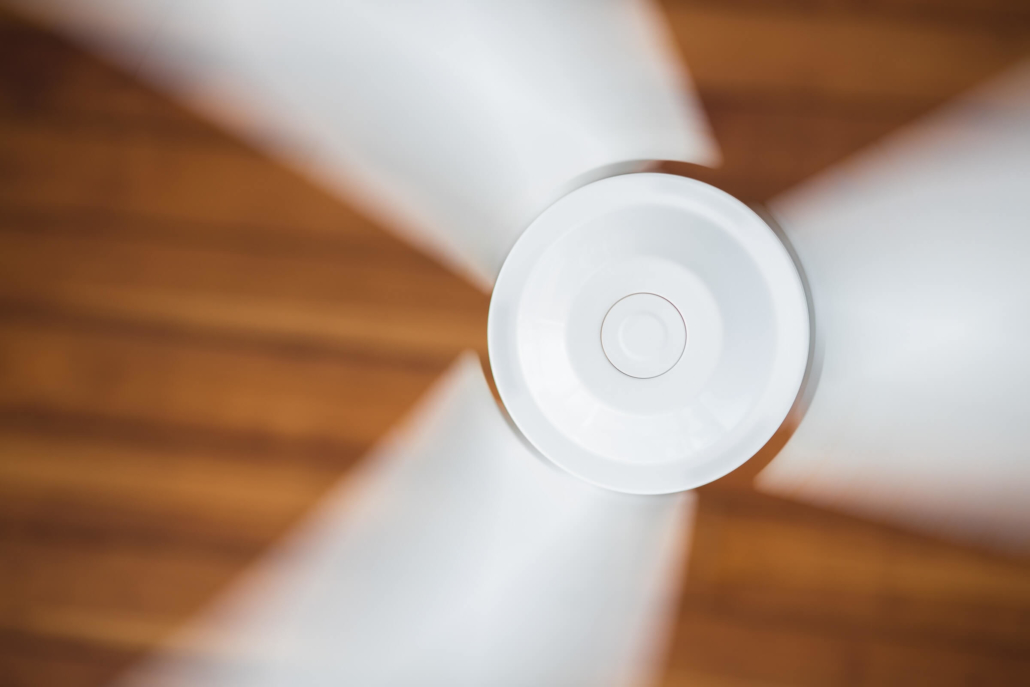Bigger Energy Efficiency Upgrades
It ain’t easy being green, but with these bigger eco-friendly upgrades, it’s absolutely worth it. Each of these upgrades is an investment that requires a lot of up-front cash. However, the long-term benefits and savings from practicing energy efficiency adds tons of value to your home, your wallet, and the world.
Energy-Efficient Appliances

From washers to dryers to dishwashers and even water heaters, there’s no short supply of energy-efficient appliances you can upgrade to. Certified Energy Star appliances cost anywhere from several hundred to a few thousand dollars, depending on the appliance.
If that feels like too much money, don’t sweat just yet. You can find and mail in Energy Star rebates that can save you hundreds of dollars. Within a few years, the savings from switching to energy-efficient appliances will pay off your initial costs.
Solar Panels
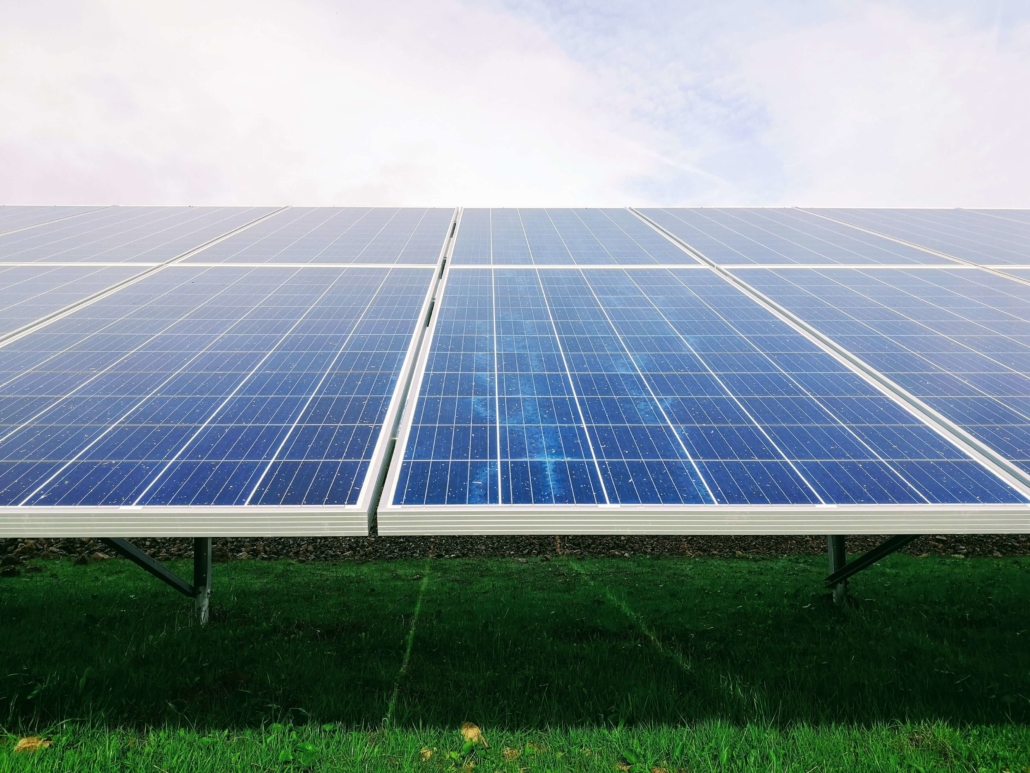
It’s a myth that solar panels only work in sunny places. On average, solar panels cost between $11,000 and $15,000 (though this depends on the size of the house and what state you’re in).
This is a huge investment, but the 20-year savings range from $11,000 to $45,000. Plus, with net metering, any extra energy generated that isn’t used goes towards a credit on your electric bill. You can even sell your unused energy back to the utilities company.
Geothermal Heating
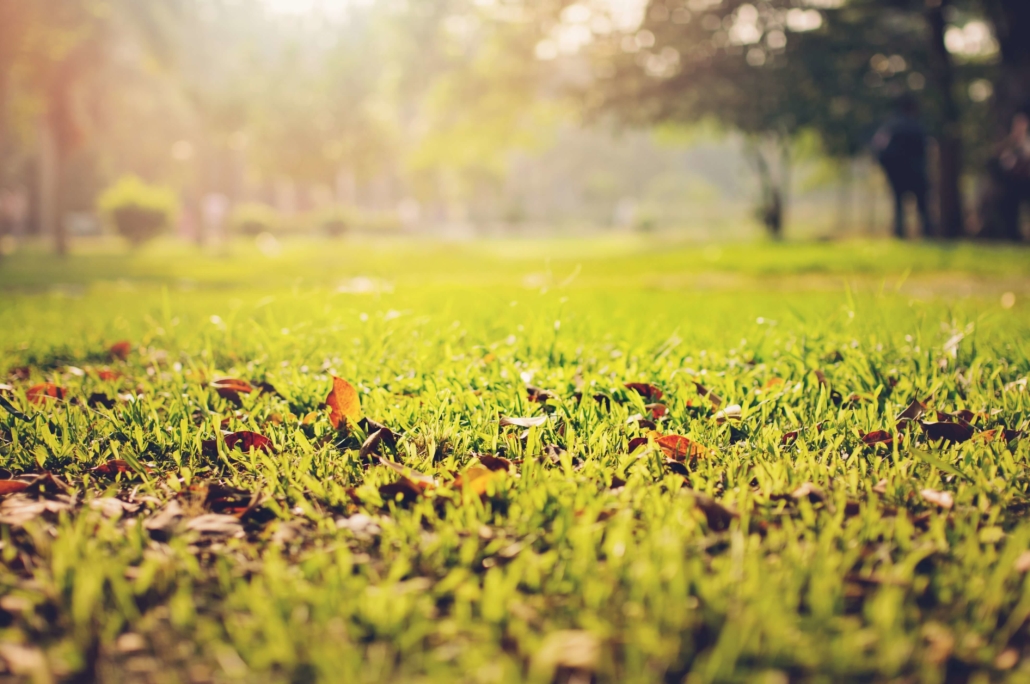
Installed underground, geothermal heat pumps (GHPs) are even more expensive than solar panels — usually at least $20,000, though rebates can save you around $5,000. Luckily, the savings are even higher than the initial costs.
On average, the payback time (the time it takes for your savings to match your spending) for GHP installation is 5 to 7 years. Not to mention, most GHP warranties are for 50 years and repairs are rarely needed.
Considering heating and cooling costs (as well as the cost of HVAC repairs and replacements), GHPs are worth their weight in gold.
RealQuick: When should I not add these energy efficient upgrades?
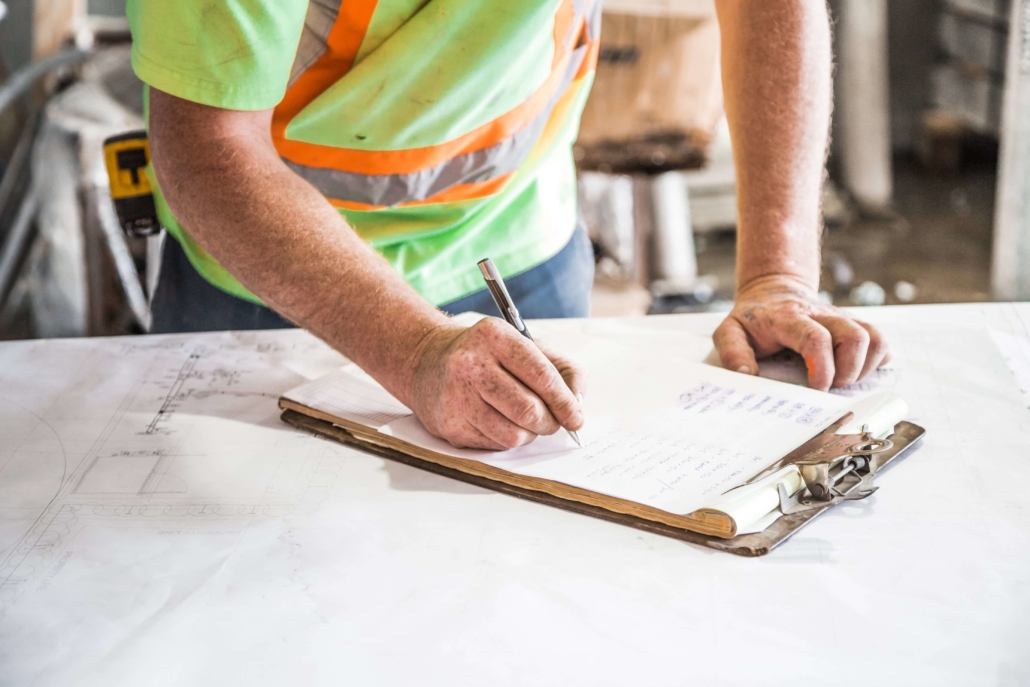
Moving in 5-10 years or less. Solar panel savings really take effect after 20 years. GHPs and energy efficient appliances take several years as well. If you’re planning on moving in the next 5-10 years (or sooner), you may want to rethink these energy efficiency upgrades.
Buying, not building. For GHPs in particular, it can cost much more to install if you already bought a house. While the savings might still be worth it, it’s better to add GHPs to a house you’re building, if you can.
Working appliances. Appliances don’t last forever, and they are expensive. If your appliances are working well, there’s really no need to ditch them and spend the money for something new. Granted, you can always sell your current appliances if you’re deadset on something more eco-friendly to offset costs.
An eco-friendly house is expensive at first, but it can massively help your finances in the long run. Not to mention, an eco-friendly house is a top commodity on the real estate market. Making these investments adds tremendous value to your home when you’re ready to sell, and when that day comes, RealtyHive is ready to help. Put your eco-friendly home for sale with a RealtyHive time-limited event today!

